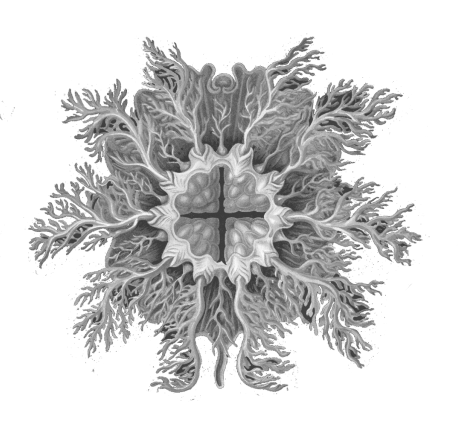
Biophilia refers to the natural affinity we have for the patterns, forms and phenomena found in the natural world. This affinity is based on millennia of evolution: those environmental cues that let us know we were physically safe from thirst, hunger, exposure or predation are the same ones that still cause us to have a greater sense of well-being. Studies that categorize these cues also link them to positive physiological states such as increased attention and focus, reduced stress, improved immune response and decreased healing times.
Biophilia as a design strategy for the built environment was first explored by Stephen Kellert at Yale University and E.O. Wilson of Harvard. Terrapin Bright Green, a design firm out of NYC has further categorized biophilic design into 14 specific biophilic patterns for incorporation within the built environment.




